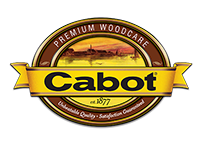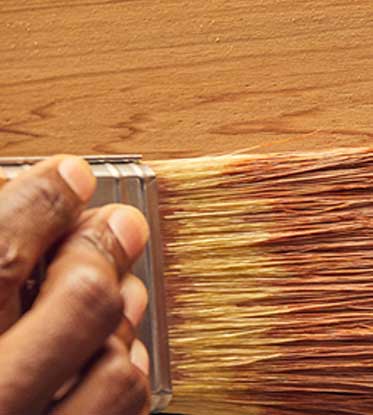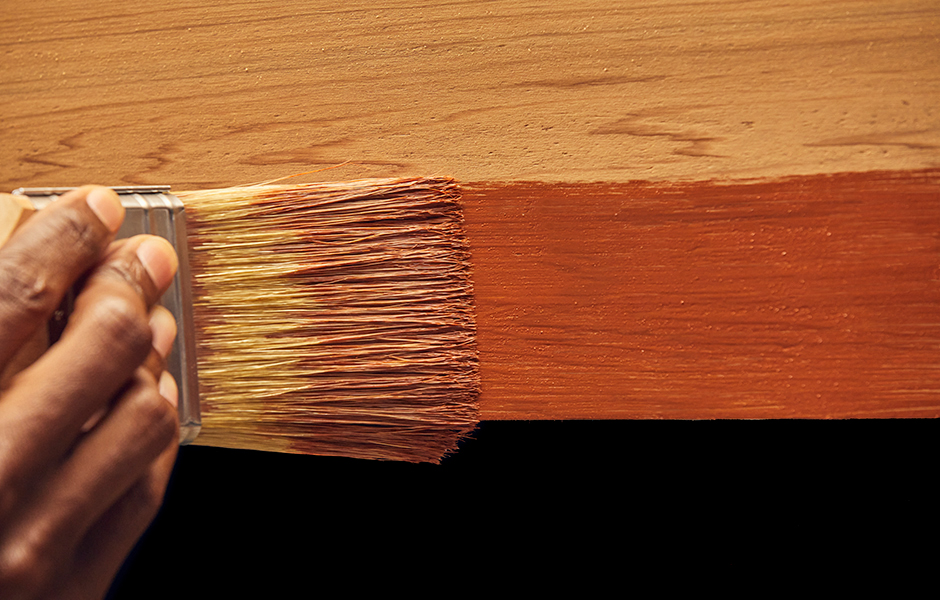Tips:
- Clears, Transparents, and Semi-Transparents all look the best on new or reconditioned wood
- Check for Mildew by holding a rag with bleach on the area, if the marks disappear you have mildew
- The more opaque your stain the more protection you will have
UV Rays
Constant exposure to the sun’s UV rays will fade wood & start the aging process that leads to wood degradation and graying.
Moisture
If allowed to soak into to wood on a consistent basis along with temperature changes, can cause a number of catastrophic problems such as:
- Splitting and checking
- Wood rot
- Fungal growth in the form of mildew, mold, & algae
Temperature Changes
As the wood expands and contracts, stain will maintain the wood’s integrity and waterproofing. Need to protect against large temperature variations, especially when moisture is involved (snow melting and refreezing in wood).
Contamination
Anything from mold & mildew to dirt and pollen or sap from trees. Stain helps protect and keeps it easy to clean and maintain.


